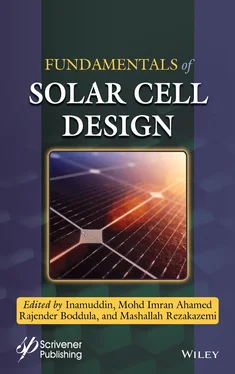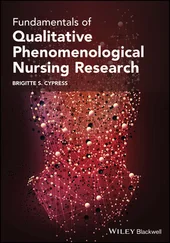
Figure 1.28 Dicycanoindacenyl and rhodanine end group small-molecule donor and acceptors.
Haijun Bin et al. [27] developed two small-molecule ( H21 and H22) donors based on benzodithiophene and alkylsilyl-thiophenyl moieties ( Figure 1.30) for fabricating all small-molecule BHJOSC to evaluate PV parameters. IDIC is another small-molecule employed as acceptor in these investigations. H21 or H22 with IDIC as blend the absorption spectrum covers ~380- to780-nm region. Fabrication of solar cell was conducted to determine PV properties using a conventional configuration like: ITO/ PEDOT-PSS/ H21or H22+ IDIC blend/PDINO/Al and the blend annealed at 130 oC. H21showed PCE of 7.62% and H22exhibited higher efficiency at 10.29%. Silyl group and electron withdrawing end group of H21and H22played a role in enhancing the all small-molecule BHJOSC’s efficiency. Hole and electron charge transporting properties evaluated indicate that H22has higher values compared to H21and hence a higher %PCE was displayed by H22. Present investigations indicate that all small-molecule– based BHJOSCs have several advantages compared to the fullerene-based BHJOSCs.
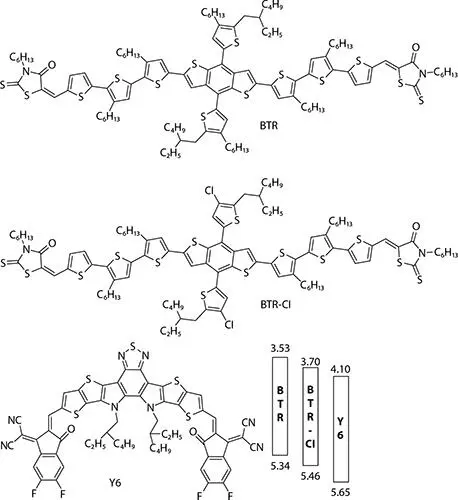
Figure 1.29 Benzodithiophene based (BTR and BTR-Cl) small-molecule donors.
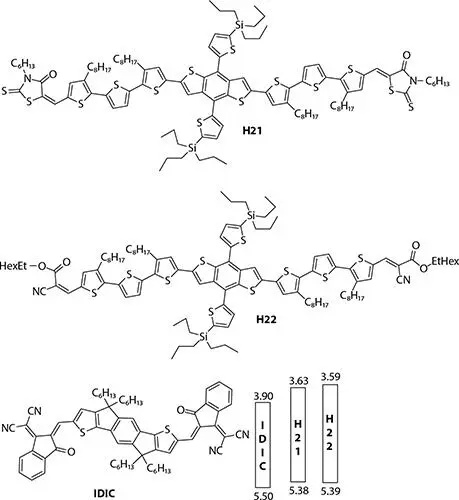
Figure 1.30 Small-molecule donors from benzodithiophene and alkylsilyl-thienyl–based conjugated side chains.
Beibei Oiu et al. [28] developed two benzodithiophene based small molecules ( SM1 and SM2) as donors ( Figure 1.31). SM1has cyanoester as electron withdrawing end group and SM2carries only ester as electron withdrawing end group. SM1-- IDIC and SM2-- IDIC blends exhibited light absorption covering ~350- to 780-nm region. All small-molecule BHJOSCs were fabricated by adopting a simple conventional device structure like: ITO/PEDOT:PSS/ SM1or SM2+ IDIC/PDINO/Al with thermal annealing at 115°C and the PV parameters were determined. SM1as a donor molecule displayed higher power conversion efficiency (PCE) of 10.11% with Voc 0.905V, Jsc of 15.18 mA/cm 2, and a FF of 73.55%, whereas the SM2small molecule showed only 5.32% of PCE. The big difference in SM1and SM2molecules efficiencies was attributed to the cyano-ester electron withdrawing end group present in SM1. Morphology of the film was deduced using Photo-induced Force Microscopy (PiFM), a new technique. The charge moblities deduced indicate that SM1 has higher charge mobility compared to SM2.
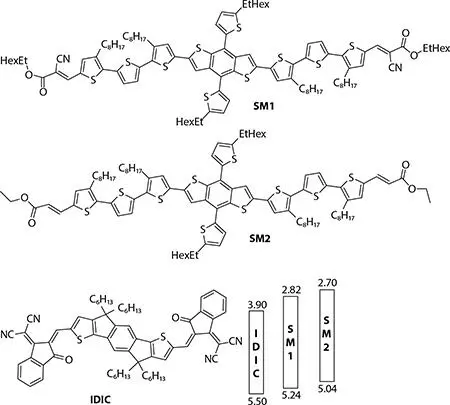
Figure 1.31 Benzodithiophene based small-molecule donors with electron withdrawing end groups-ester and cyanoester.
Huan Li et al. reported A-D-A–type [29] small molecule of benzodithiophene-based donor type ( NDTSR) and used ( Figure 1.32) two small-molecule acceptors ( IDICand ITIC) to fabricate All small-molecule BHJOSCs to evaluate PV properties and in particular the efficiencies. NDTSR absorption is complimented by both IDICand ITICleading to the blend with an absorption encompassing ~350 to 780 nm. Solar cell was fabricated by adopting cell architecture as ITO/PEDOT-PSS/Active layer/Ca/Al. PV parameters were determined for NDTSR-ITIC blend, with PCE of 1.77% and NDTSR-IDIC blend, with PCE of 8.05%. Charge mobility was found to be higher for NDTSR-IDIC blend compared to NDTSR-ITIC blend. The variation in the PCE values between the two systems was attributed to the difference in the film morphology. Authors state that small-molecule donors or acceptors requires in improving the efficiency of solar cells.
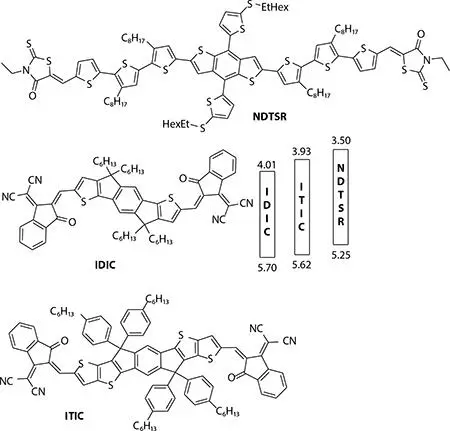
Figure 1.32 Trithieno BDT with rhodenone.
Yong Huo et al. in their research paper [30] discussed the synthesis of two small-molecule donors ( DRBDT-TVTand DRBDT-STVT) ( Figure 1.33). These two small molecules have BDT central core linked on either side with three thiophene units carrying rhodanine terminal groups, attached to central core DBT with two thiophenes linked with E geometry double bond and differ in carrying S-alkyl group. IDICsmall molecule was used as acceptor in these all small-molecule BHJOSC studies to generate PV parameters and to understand the role of structure in improving the efficiency of solar cell. Blend of IDICwith DRBDT-TVTor DRBDT-STVTdisplayed light absorption in ~350- to 780-nm region. Conventional device with architecture-ITO/PEDOT:PSS/DRBDT-TVT or DRBDT-STVT + IDIC/PDIN/Al was adopted to measure the solar cell parameters. Both the molecules exhibited decent efficiency like PCE of 6.63% for DRBDT-TVT and 6.51% for DRBDT-STVT. These results were compared with PC71BM acceptor based solar cell parameters to evaluate the advantages of all small-molecule BHJOSC.
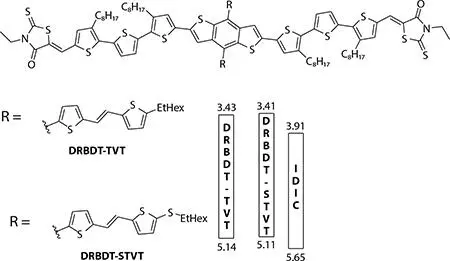
Figure 1.33 BDT linearly linked trithiophene derivatives.
Yunchuang Wang et al. reported [31] the synthesis of three nonfullerene small acceptor molecules, IDIC8-Me, IDIC8-H, IDIC8-F ( Figure 1.34), and a donor small molecule—DRCN5T. Indoceneodithiophene unit is the core with vinyledene dicyano moiety as end group in these three acceptor molecules. The three acceptor small molecules, IDIC8-Me, IDIC8-H, and IDIC8-F, differ in their group substitution leading to small changes in their HOMO-LUMO energy levels and also matched with donor small-molecule DRCN5T energy levels. Light absorption of blends prepared falls in to the region of ~350 to 750 nm. A conventional and simple solar cell architecture was adopted as: ITO/PEDOT:PSS/DRCN5T + IDIC8-Me or IDIC8-H or IDIC8-F/PDINO/Al, and the PV parameters were determined. PC Efficiency of 6.31% for IDIC8-Me, 8.00% for IDIC-H and 8.42% for IDIC8-F were observed. The fluorine substitution effected the change in the HOMO-LUMO energy levels compared to the methyl derivative synthesized and this could be rationale behind the 8.42% efficiency observed in these studies. Authors point out that linearly linked thiophene moiety with suitable end groups will improve the efficiency.
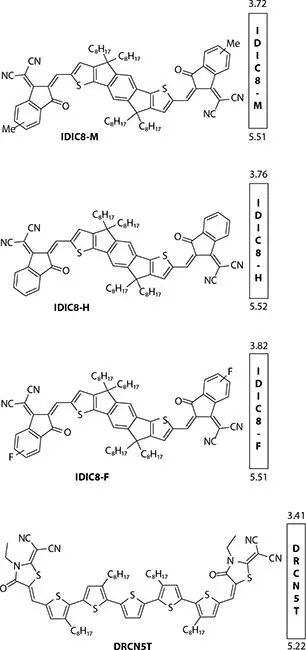
Figure 1.34 Linearly linked pentathiophene with vinyldicyanoindenones.
Читать дальше
